
This week, we’re continuing our series on building and optimizing a performance-driven social media marketing program by exploring some specific findings that this approach has revealed to marketers who practice it.
In part 1, we discussed how to classify social media. In part 2, we evaluated how you can consider social media as a marketing funnel (and why you ought to). Collect them all!
awe.sm: the hallway mirror of social media marketing

You know how you have that mirror in the hallway, right next to the bowl where you keep your keys, and it’s only there so you can check yourself on your way out the door and say, Lookin’ good, Cowperthwait?
We would take issue with why you call yourself “Cowperthwait,” but in general, we’re cool if you want to use awe.sm the same way. By revealing the child shares that result from your posts, awe.sm shows the true reach of your social media marketing. This tends to reveal that you’re more effective than you ever took credit for being — which justifies your social media marketing spend, and makes you look good to your boss.
But every once in a while, you pass the hallway mirror and something isn’t quite right. The tie’s crooked, you’ve got a dab of shaving cream under one ear, or, horror of horrors: black shoes, brown belt. Then, given the chance to see what’s going on, and make improvements, you’re extra glad it’s there.
Ooh la la carte

Among our favorite customers is the online marketing team for a beauty retailer. Even in our first chat, they immediately understood the value of full visibility into their social media performance; they took the lead in pushing to get our conversion tracking integrated into their shopping cart system; and they shrieked in unison when they discovered the secret corgis hidden throughout our tool. Our kind of customers.
When our integration team got them set up, we expected some powerful education — at last, the chance to see which posts rang the cash registers. But nobody was expecting what would come next. awe.sm’s earned-share tracking shed light on a source of engagement, traffic, and revenue that nobody knew was there.
Remember our example funnel for a retail site? To make the math simple, I used exaggeratedly round numbers — 10% of people who viewed an item added it to their cart; 20% of those would begin checkout; 50% of those would complete a purchase, and so on. They weren’t precise, but they illustrated the point: there’s some breakage at every stage — that’s why funnels are shaped like funnels, and not like cylinders.
Our beauty retailer friends have a pretty straightforward funnel: put things in a cart, review the cart, make a purchase. When they configured awe.sm, they installed earned-share tracking sitewide, including on each stage of that funnel. And it was through this tracking that we discovered something interesting:
Shoppers share their carts.
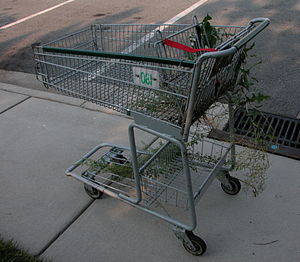
If you think about it, this actually makes sense. If I were out shopping with you in real life, of course I’d show you everything I’d picked out before we went to the counter to pay for it all. For a user to grab the link to her shopping cart page and IM it to a friend, or post it to her wall, is pretty logical.
But get this:
Shoppers share their carts a lot.
The second-most-shared page across this retailer’s entire site is the checkout confirmation page. It’s shared more than any individual item page, and trails only their homepage.
More importantly:
If you ask your friend to look at your cart, she will.
On average, each share of the shopping cart brings between one and two clicks. That may not seem like much traffic, but all of those clicks add up. This long tail is really, really long.
And here’s the kicker:
Your friend can’t see what’s in your cart, but she’ll look at — and buy — some of her own stuff, anyway.
This retailer’s site is pretty simple. The address of the checkout page is something like this:http://acmefashion.com/checkout/mycart. If I grab that link and email it to you, and you try to view it on a different computer, without my cookie, just you’ll see an empty cart.
Engineer types know why this is, but your average beauty consumer doesn’t (nor should she have to). But she also doesn’t seem to care. Upon being invited by her friend to check out the site, and landing on an empty shopping cart, the average clicker then views 3, 4, 5, or more additional pages on the site, and in a noteworthy number of instances will end up completing a purchase of her own.
Don’t leave money on the (hall) table
For every nine times a marketer has looked at awe.sm’s data and said, Lookin’ good, Cowperthwait! and done nothing, here’s that dramatic tenth time. Our retailer friends learned that their most-shared content wasn’t what they thought it would be; their customers’ expectation — that a shopping cart can be shared — didn’t match their site experience; and there was real money at stake. Imagine more shrieks in unison.
What a marketer does with this kind of knowledge is up to them. At a minimum, we would expect more design love on an empty shopping cart: Welcome! New here? Check out these sale items!… Depending on the scale of this phenomenon, perhaps an investment in savable and shareable shopping carts is worth considering.
At a minimum, though, you can expect the team to look into this all much more deeply, and they wouldn’t have known to investigate without seeing what’s being shared, who shares it, and what happens next.
Pretty awe.sm, huh?
Next up, we’ll be taking a look at another marketer’s funnel, but there’s no need to wait. If the suspense of wondering what secrets lie in your social media marketing funnel is killing you, get in touch, and let’s crack the case.
*Originally published on the awe.sm blog



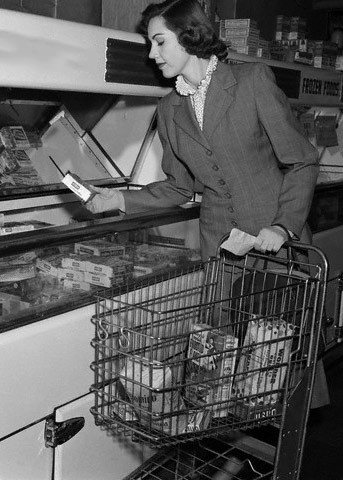
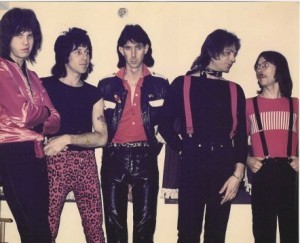









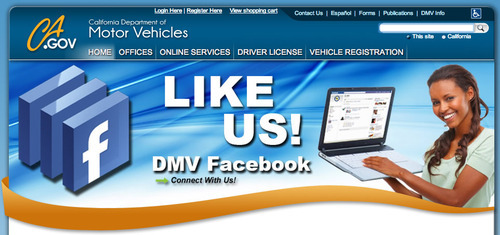


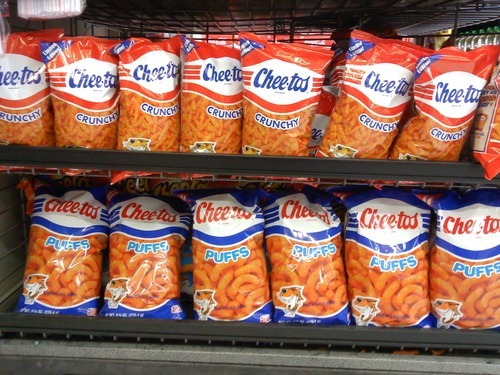

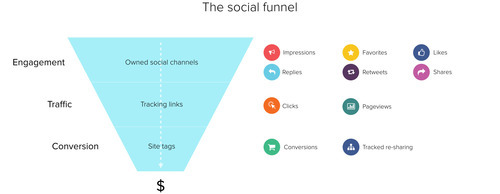




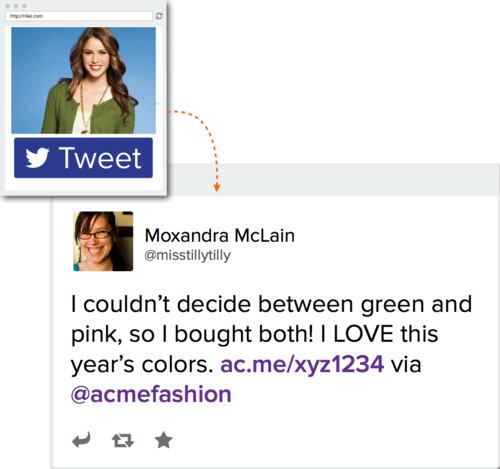
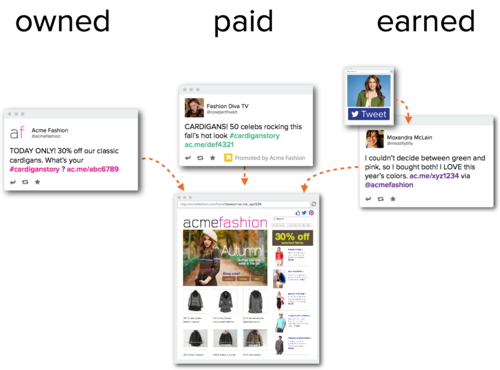
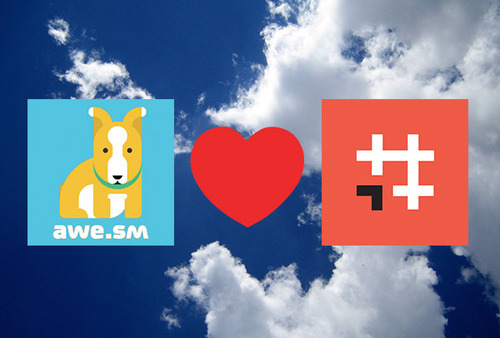




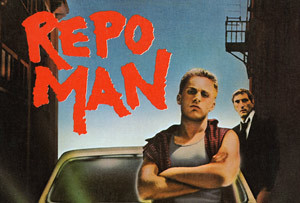

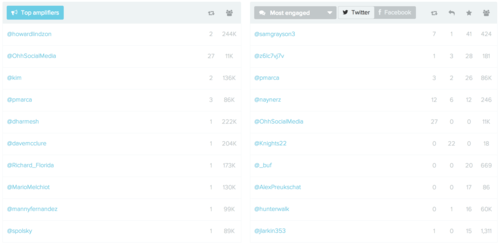



Recent Comments